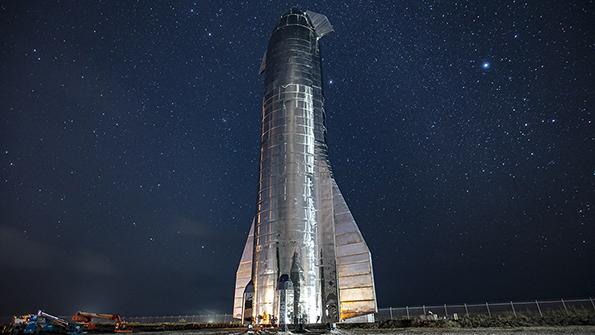
Ask the Editors: The Aviation Week Network invites our readers to submit questions to our editors and analysts. We’ll answer them, and if we can’t we’ll reach out to our wide network of experts for advice.
Elon Musk has proved many skeptics wrong by successfully producing products from electric vehicles to reusable space boosters. This makes it difficult to cast doubt on any of his projects. But isn’t it about time the experts gave him a reality check on the Starship, especially its ability to reenter the Earth’s atmosphere after a trip to Mars?
Space Editor Irene Klotz responds:
The Starship is so early in its design, I’m not sure there can be much meaningful discussion on its technical merits, including Earth-atmospheric reentry from Mars. I would expect SpaceX to rely heavily on NASA for technical support in that domain.
The company and NASA’s Jet Propulsion Laboratory were collaborating on an earlier Mars-class spacecraft called the Red Dragon, but work on that was suspended when SpaceX abandoned ground landings for the Crew Dragon spacecraft it is developing to ferry astronauts to and from the International Space Station.
SpaceX acts very much like a software company in designing its vehicles, which undergo a series of iterations based on test results. SpaceX is in the process of building its fourth Starship upper-stage prototype. Once it gets off the ground and then later after orbital flight, a technical review of its reentry profile would certainly be in order.

Comments
I believe Starship's reentry method is certainly viable. In fact, more notable companies like Lockeed-Martin are proposing the exact same reentry profile.The only thing I keep wondering about is the use of stainless steel, since rocket designers could've used it 70 years ago, but didn't. I wonder if Musk's math adds up.
Building a fly-back booster stage is one thing. Building a manned, re-usable re-entry vehicle is a a few leagues above Elon Musk, and probably above SpaceX as well.
Looks like an investor marketing exercise to me, intended to generally boost the stock value of Elon Musk's other operations using "new horizons" and "disruptive innovation" clout.